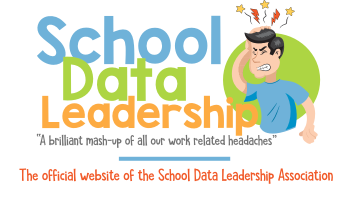Develop schedules and assign placements that are student-centered and maximize instructional time and staff collaboration.
Here’s how educational leaders can effectively develop student-centered schedules and assign placements to maximize both instructional time and staff collaboration, along with relevant resources for additional support:
1. Data-Driven Planning: Begin by analyzing data on student performance, needs, and feedback to tailor schedules and placements that best support diverse learning styles and educational requirements. This ensures that the schedules are designed with the specific needs of the student body in mind.
- Resource: PowerSchool, a student information system, can help gather and analyze student data to inform scheduling decisions.
2. Collaborative Input: Involve teachers, students, parents, and other staff in the scheduling process to gather multiple perspectives and ensure that the schedules meet the broadest set of needs effectively.
- Resource: ThoughtExchange facilitates large-scale, confidential conversations to gather input from the entire school community.
3. Flexible Scheduling Models: Consider implementing block scheduling, staggered start times, or a rotating schedule system to provide longer periods for deeper learning and less transition time between classes. These models can also provide dedicated time slots for staff collaboration and professional development.
- Resource: ASCD offers resources and publications on various scheduling models that support effective learning environments.
4. Integration of Technology: Utilize scheduling software that allows for flexibility and easy adjustments. This technology can help manage complex schedules that include various student groups, teacher assignments, and room availabilities efficiently.
- Resource: MasterScheduler provides robust tools for creating complex school schedules that optimize instructional time.
5. Professional Development Opportunities: Schedule regular, embedded professional development opportunities for staff that align with the instructional goals of the school. This can include shared planning time or collaborative learning communities.
- Resource: EdWeb provides a platform for education professionals to collaborate and engage in professional learning.
6. Monitoring and Evaluation: Regularly assess the effectiveness of the schedules and placements in terms of student learning outcomes and teacher satisfaction. Adjustments should be made based on this feedback to continuously improve the learning environment.
- Resource: Google Forms is a simple tool for creating surveys to collect feedback from students and staff.
7. Equity and Access: Ensure that all students have equitable access to courses and resources. This might involve analyzing scheduling data to confirm that there are no systemic barriers preventing any student group from accessing advanced courses or necessary support services.
- Resource: Equity Maps is an app that helps track and analyze participation in classroom interactions to ensure all voices are heard.
8. Communication: Keep all stakeholders informed about the scheduling process and any changes. Effective communication ensures that everyone understands their roles and the rationale behind schedule decisions.
- Resource: Remind is a communication platform that facilitates messaging between schools and families to keep everyone informed.
By focusing on these strategies and utilizing the recommended resources, educational leaders can create schedules and placements that are truly student-centered, fostering an environment conducive to both effective learning and collaborative teaching.
